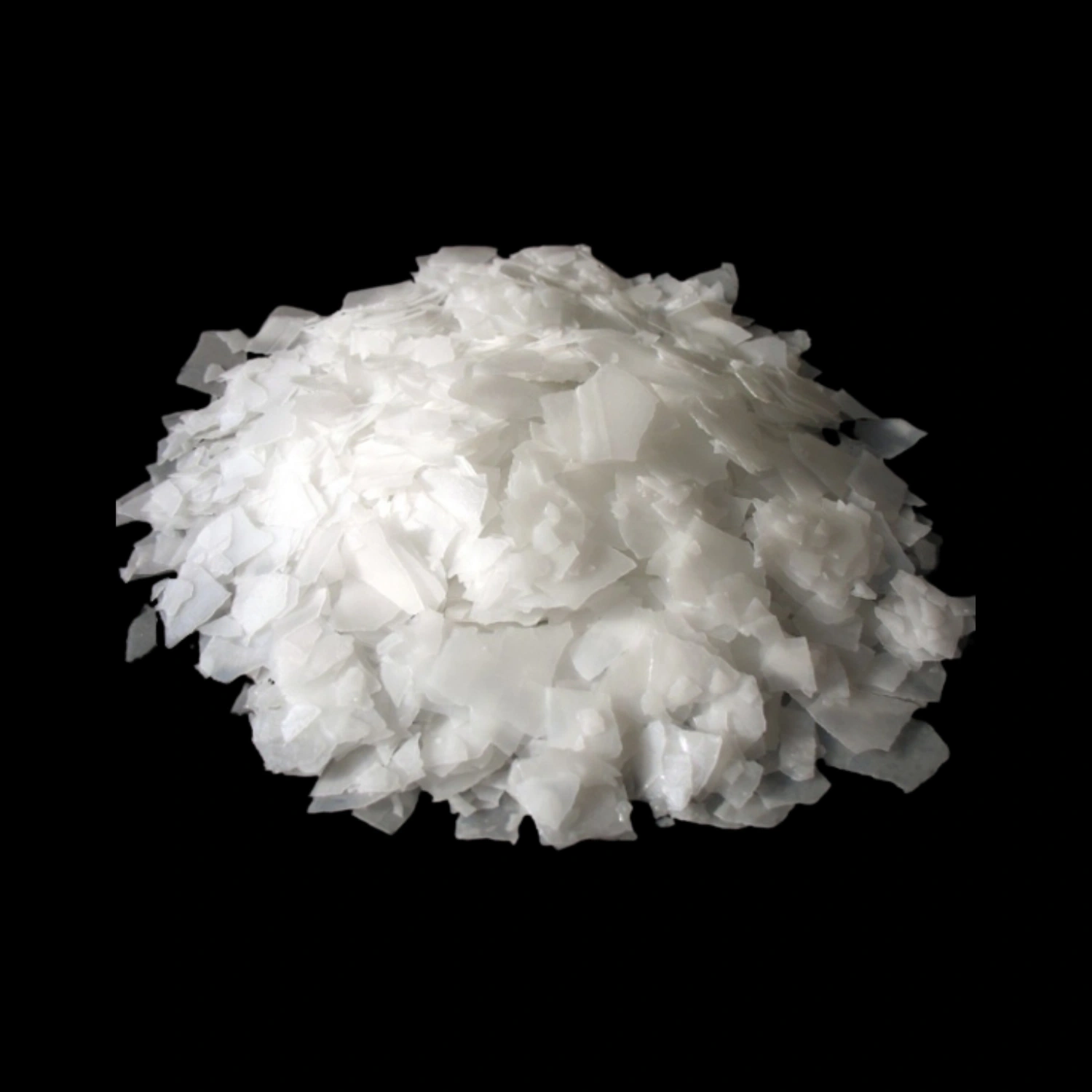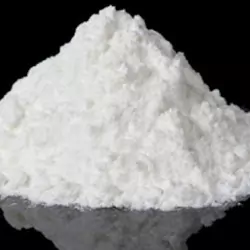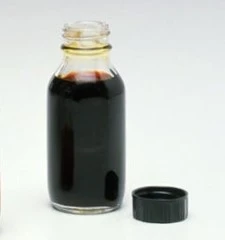Liquid Chlorine
|
IUPAC Name |
: Chlorine |
|
Cas Number |
: 7782-50-5 |
|
HS Code |
: 28011000 |
|
Formula |
: Cl2 |
Basic Info
|
Appearance Name |
: Amber Liquid |
|
Common Names |
: Liquid Chlorine, Elemental Chlorine, Molecular chlorine |
|
Packaging |
: 47L or 480L cylinder |


---china.webp)



